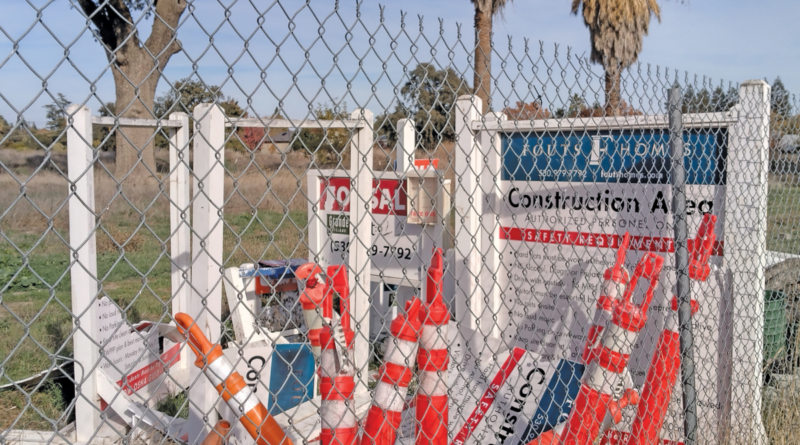Davis housing prices soar amid slow city growth
PHOTO: Despite the rising demand for new Davis housing, few new development proposals are being passed.
By Ben Mitchell,
BlueDevilHUB.com Staff–
Davis’ high home prices are making it difficult for young professionals to move into town.
The median price of an occupied home in Davis is $675,000, $130,000 more than the median home price in California as a whole, and nearly three times the median home price across America, according to 2021 census data.
A variety of factors are to blame for this remarkable difference in the cost of housing. First, there is high demand for the homes in Davis that are on the market.
The City of Davis boasts a “low crime rate, a premier local school system, the presence of UC Davis and a convenient location on the I-80 corridor between Sacramento and the bay area,” according to the City of Davis webpage on population and housing.
Amenities like these mean that there is a lot of motivation for people to move to Davis and not a lot of motivation to move out, resulting in a housing market with low housing turnover.
The other half of the problem is that Davis does not create enough new housing stock to keep up with the high demand. As a result, from 2011 to 2021, Davis’s population only grew by 1.8%. For context, in the same period of time neighboring town Woodland grew by 10.1%.
The slow growth experienced in Davis has resulted in the aforementioned dramatic rise in housing prices; without more homes being put on the market, the sellers that are putting their homes up for sale have significantly more bargaining power and ask for higher and higher prices.
For many cities, one possible solution would be to grow larger, building more housing units to keep up with the rising demand. However, this sort of growth is not such a simple option for Davis.
Davis has already used up nearly all of what is called “greenfield property,” which is land that has never been built on before. It’s often a simpler affair to build developments on greenfield property, which is why it is generally considered to be desirable by developers.
“In order to do a development that’s within the city limits, you often have to do an in-fill development which can be more expensive or more complicated to do,” assistant city planner Kelly Stachowicz said. An in-fill is a construction project that is building on a piece of property that was something else first, or squeezed between surrounding developments.
Another option is to build new housing developments outside of Davis. The city has the power to annex surrounding land into Davis for new housing developments. However, Davis is subject to the “Right to Vote Ordinance,” which requires a majority of voters in Davis to approve most new developments outside city limits.
So far, a vote of this nature has only passed a handful of times.
When talking about housing and developments, it’s important to clarify that for the most part, it’s not the city planners who are responsible for building more houses. That part is up to the developers who finance the projects.
The city’s job is primarily to provide feedback on developers’ plans and to establish and enforce city zoning. The city planners set aside different sections of land to be residential, commercial, or industrial zones, and future developments have to fit into those categories.
All this is to say that a lack of housing projects comes down to developers not having enough incentive to build their projects in Davis.
“Some developers may look at Davis and say, I’m not interested in doing that,” Stachowicz said.
For Davis High students hoping to someday move back to Davis, the future is uncertain, according to Stachowicz.
“It’s feasible, but it’s challenging… You don’t have a surplus of properties. That means that the properties that do exist are going to be expensive,” Stachowicz said.



